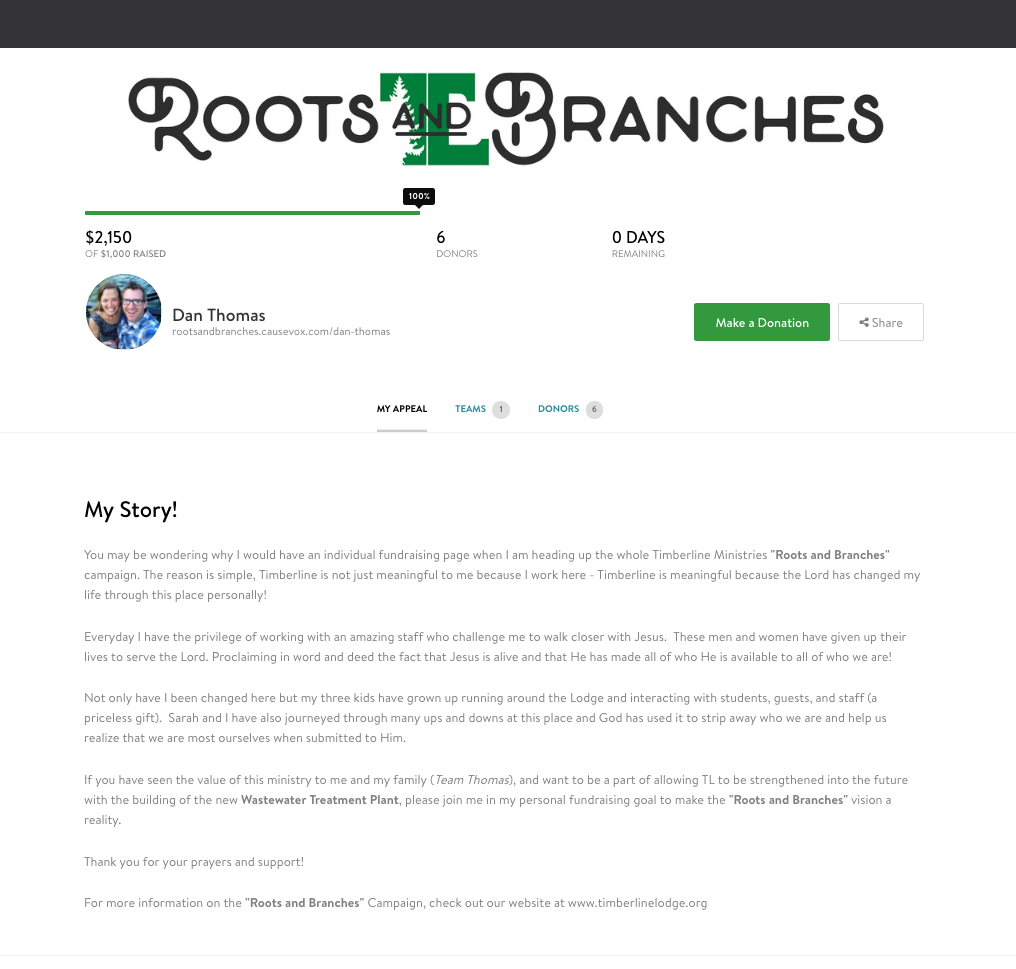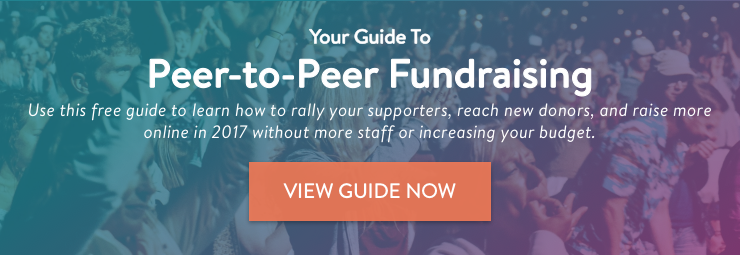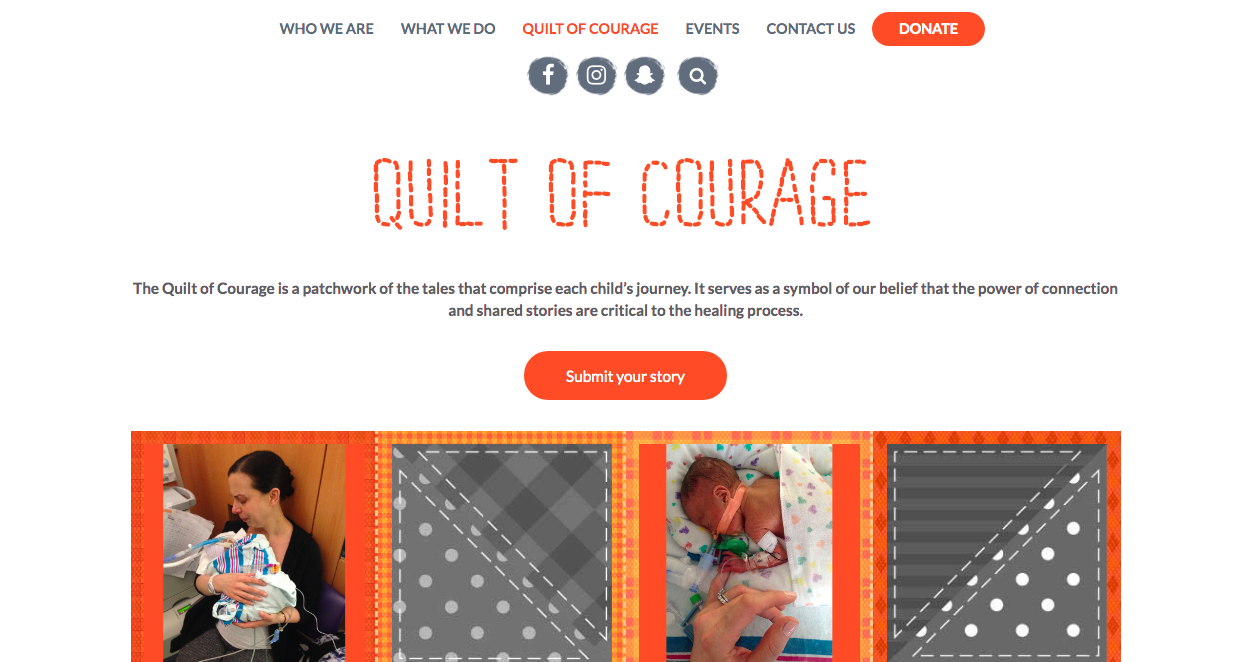Stories connect us. A good story can make you laugh, cry, reminisce, or even dive into action. We remember stories from our childhood. We tell our families stories about our day. Our lives are wholly shaped by stories we hear and tell.
Your nonprofit shares a lot of stories with your donors, volunteers, and other supporters. Whether you’re preparing a client story to feature in your next newsletter or updating your website with the latest impact results, you’re constantly telling people about the good work your organization is accomplishing through the art of storytelling.
For so long, nonprofits have controlled the narrative about their own work. In fact, you’ve probably taken great strides to craft the perfect, emotion-inducing feature intended to cause a stir and thus, bring in donations time and time again.
But what happens when you change the tide? Does everything go haywire if you don’t control the narrative? Absolutely not! You heard it straight from the horse’s mouth — it’s time to get comfortable with releasing the reigns and handing them over to your supporters.
Your supporters are your best storytellers, so mobilize them to share a story from their own perspective.
Using People Fundraising to Share Your Story
When you engage your nonprofit’s supporters to help spread the word about your cause and bring others to the table as donors, volunteers, and so on, you’re using People Fundraising.
As you can tell just from the name, People Fundraising gives the power to those people who are most loyal to your organization. When they take on the responsibility of sharing an online fundraising campaign link, posting about your organization on social media, or telling their friends about why they’re involved, your supporters become your natural sounding board.
Since People Fundraising uses organic exposure to reach new audiences, it’s best to leave your supporters the room to tell people about why your organization’s work matters to them. It’s what makes People Fundraising work so well!
The power of a recommendation is real and your nonprofit can greatly benefit from it.
Mobilizing Supporters through Recruitment
Recruiting supporters to share their own story shouldn’t be hard. After all, you’ve already encouraged them to connect with you somehow, likely through your own nonprofit story. So you’re already halfway there.
To transition them from passive to active supporters, provide strong, clear calls to action that tell them exactly what you want them to do.
For example, you can ask supporters to:
- Write about why they donate to your organization on social media.
- Email friends and family a link to your campaign with reasons why they support you.
- Commit to fundraising for your organization by taking on the role of personal fundraiser and setting up a custom fundraising website.
Take a look at this simple, to-the-point NAMI DC Facebook post that includes the words “Share your story…” This short prompt acts as call-to-action for people to not only check out their fundraising campaign, but to engage on a different level as a storyteller.
Creating a Toolkit/Prompts
Not everyone is a natural-born storyteller, but you can help out in this regard. By providing a toolkit or, at the very least, a few story prompts, you’ll give your supporters guidance and a peace of mind. At the same time, this bit of structure also helps you maintain some control over what information is out there.
A personal fundraiser toolkit is definitely worth the time investment. This support document generally includes helpful information that prepares a supporter to successfully fundraise in an online peer-to-peer fundraising campaign,including storytelling prompts and how to share the campaign with friends and family
Regardless of whether you’re creating an entire toolkit or just mobilizing your online audience to tell their story through email or social media, try giving your supporters one these prompts:
- Tell others why you give to our organization.
- Do you have direct experience with our cause? How were you impacted?
- With so many things to do every day, why do you take the time to volunteer for us?
Above all, don’t leave your audience with a call-to-action without also offering guidance.
A Nonprofit’s Responsibilities
As you release the reins and allow others to share their version of your story, engage and assist them whenever possible. Be sure to “Like,” reTweet, and comment on social media posts about your organization.
Who knows? You may wind up reading some great testimonies from your supporters that you’ll use in your nonprofit’s marketing materials in future campaigns.
At the end of the day, and with the right structure and guidance, you’ll be blessed with stories like these.
Xavi Moreno: Fundraising for the Independent Shakespeare Co.
Dan Thomas: Fundraising for Roots & Branches
Allowing others to share their own version of your nonprofit story isn’t something you may be comfortable with at first, but trust me, it’s a great step in the right direction toward a stronger “social fundraising” focus. This is the perfect way to engage with supporters, grow your donor base, and connect people in a unique, personal way to your cause.





